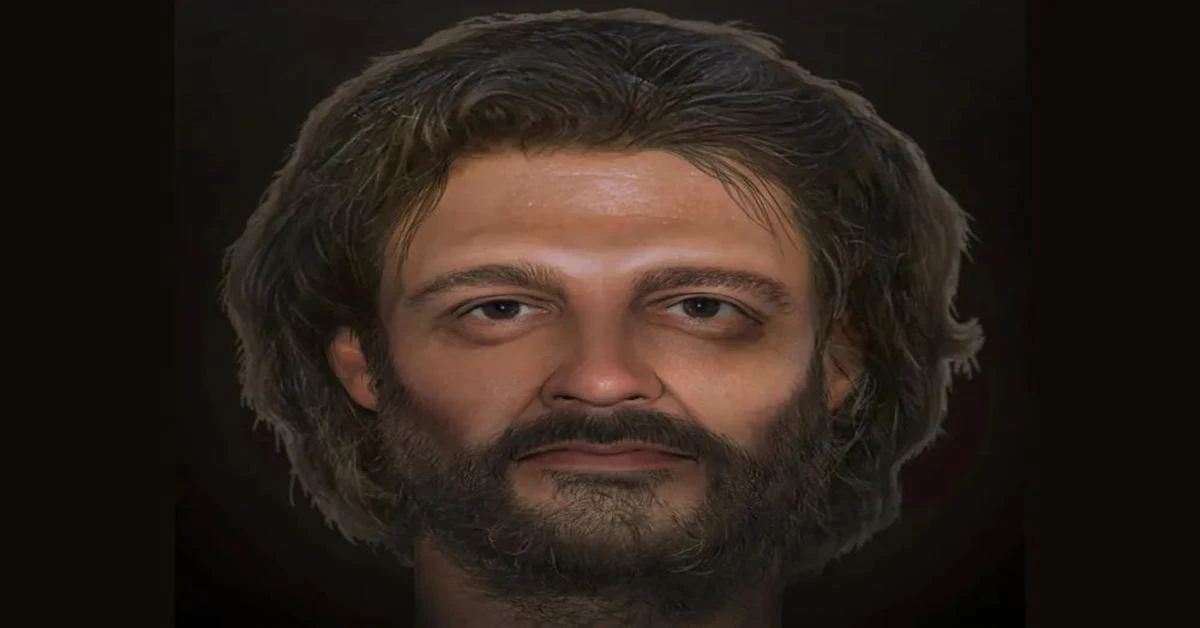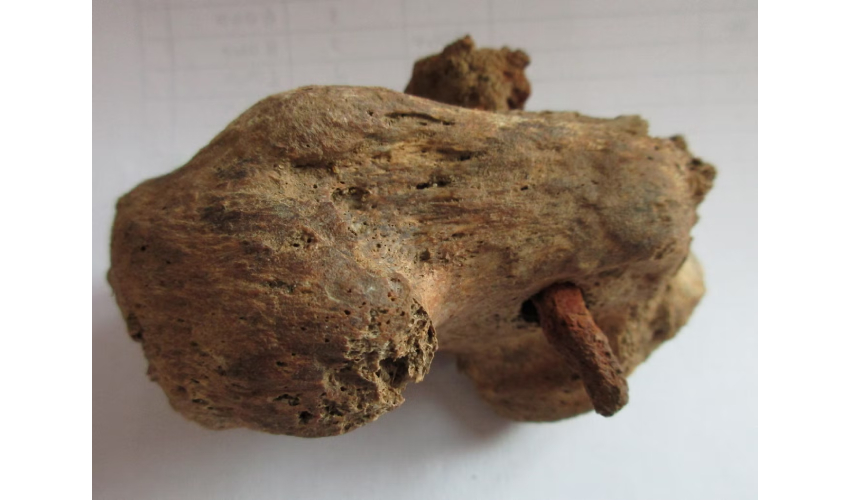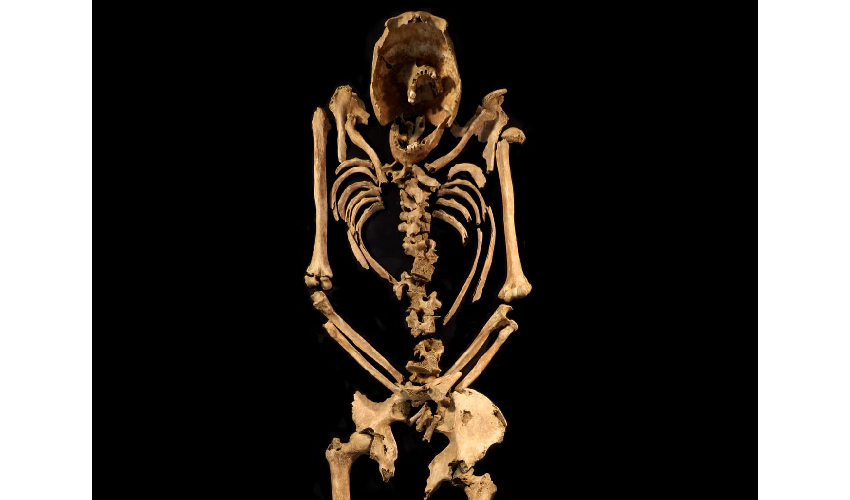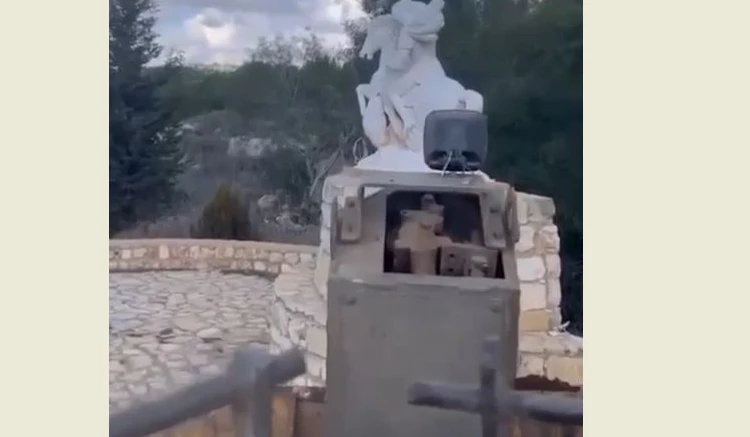‘Sneak peek from past:’ Face of Roman crucifixion’s victim reconstructed

The victim is presumed to have been crucified because of the strange thinning of his legs and the appearance of a two-inch nail driven into his heel bone
Professor Joe Mullins of George Mason University in Virginia, U.S., has reconstructed the face of an individual who was crucified in Roman Britain between 130 A.D. to 337 A.D.
The victim is presumed to have been crucified because of the strange thinning of his legs and the appearance of a two-inch nail driven into his heel bone.

Using DNA and isotopic information, professor Mullins and his team concluded that the victim may have had brown hair and brown eyes.

The method of crucifixion by which the Cambridgeshire man was killed, estimated to have been buried about 1 kilometer (0.6 miles) from the site of his burial, was abolished in the Roman Empire by Constantine I in the 4th century A.D.
Source: Newsroom



